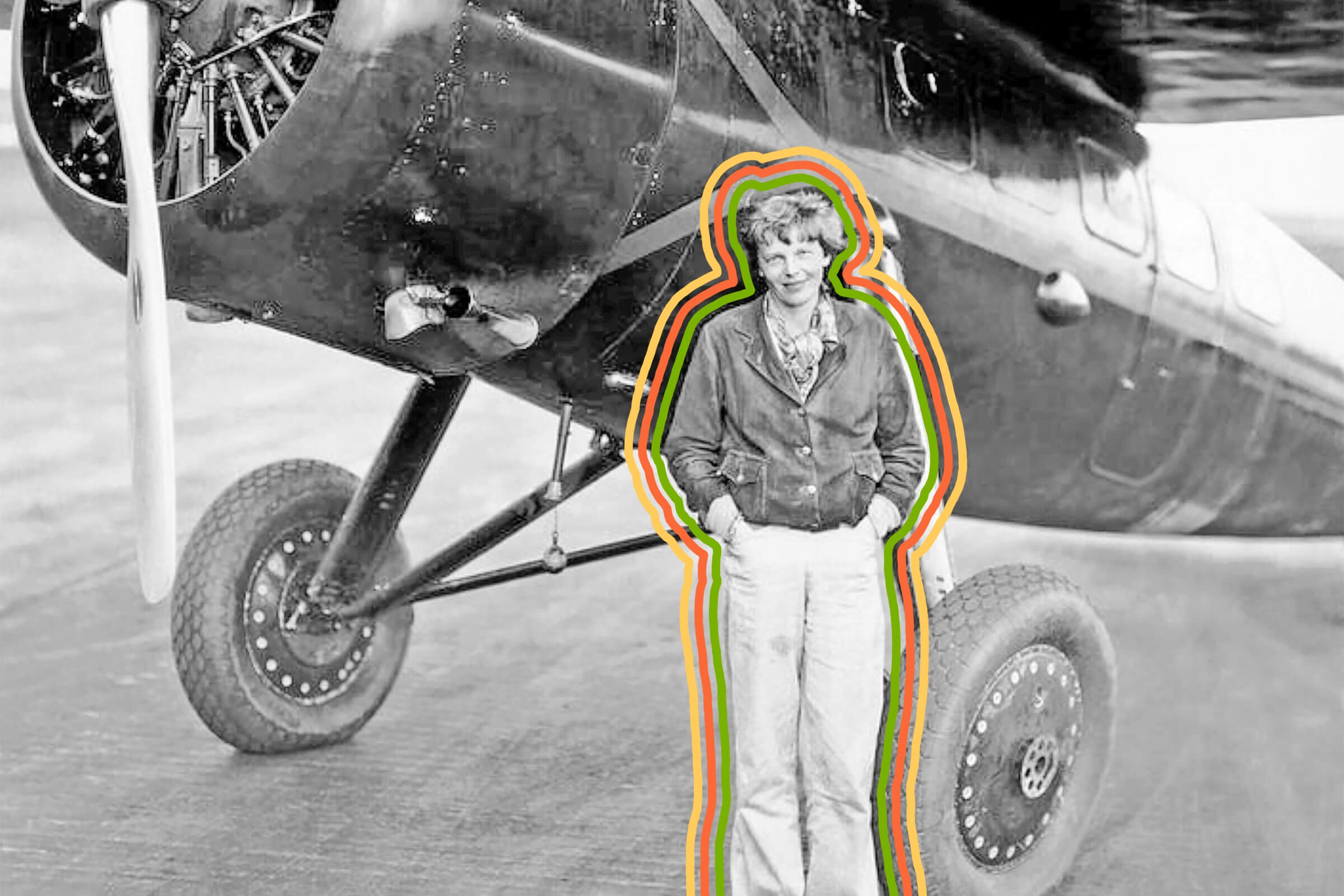

Although humans often prefer stories with a simple beginning, middle, and end, history doesn’t always line up so nicely. These six moments from the past represent some of the most head-scratching conundrums that still stump scientists, FBI investigators, and even amateur sleuths. Some of them might never be solved, but that doesn’t mean it’s not fun to try.
What Happened to the “Lost Colony” of Roanoke?

The legend of the Roanoke colony is so enduring because it lies at the heart of the founding of America. Starting in 1584, 23 years before the establishment of the Jamestown colony in nearby Virginia, three English expeditions landed at Roanoke Island, nestled between the Outer Banks and mainland North Carolina, although these initial forays failed to establish a permanent settlement.
In 1587, John White, along with roughly 115 colonists, traveled from England and established a colony on Roanoke Island. White sailed back to England later the same year to get supplies, but upon his return three years afterward (having been delayed by the Spanish Armada), he found Roanoke completely abandoned. There was no sign of foul play. Houses were replaced with a fortress, and the word “Croatoan” had been carved into a post — a reference to the nearby island of Croatoan, now called Hatteras Island, as well as the tribe that lived there.
White tried to travel to the island but storms prevented him from doing so, and he sailed back to England. He died in 1593 unable to return to Roanoke, and no one truly knows what happened to the colonists — no bodies have ever been found. Theories range from the practical (confrontation or assimilation with Native Americans) to the supernatural or extraterrestrial, but it’s unlikely historians will ever know for sure.
What Happened Aboard the Mary Celeste?
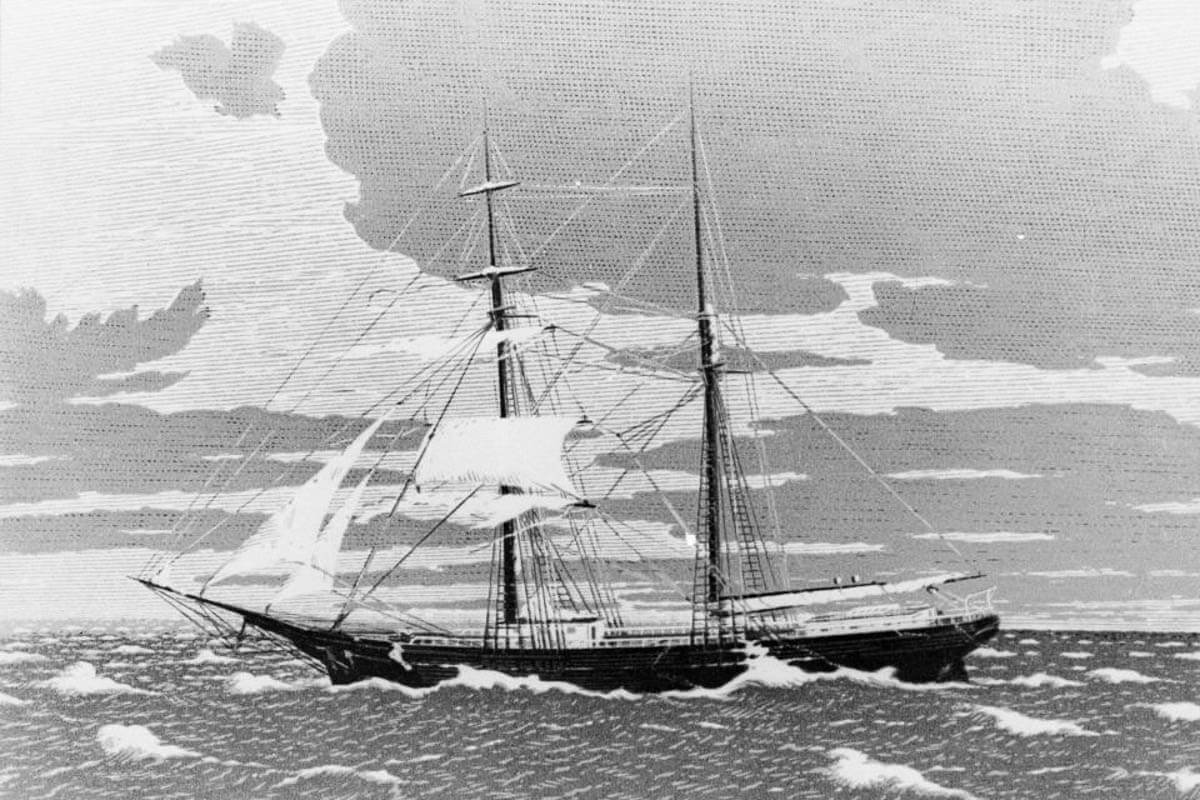
The world’s oceans have swallowed many ships since the dawn of the Age of Sail in the 16th century, but no story is quite like the curious case of the Mary Celeste. On November 7, 1872, the Mary Celeste set sail for Genoa, Italy, loaded with 1,700 barrels of alcohol as cargo. Fast-forward nearly a month later, and a British merchant vessel named Dei Gratia spotted the ship some 400 miles east of the Azores in the mid-Atlantic. But something was wrong — no one on board the Mary Celeste was responding to the Dei Gratia’s signals.
After boarding, sailors found the ship mostly undamaged, but abandoned. There was little to no sign of struggle, and six months of food onboard. Only the lifeboat and navigational tools were missing. The ship’s captain, his family, and his crew have never been found.
The theories put forward to explain the ship’s abandonment include pirates, an earthquake, or a mutiny. However, the most colorful theory includes a giant squid attack.
Who Was D.B. Cooper?
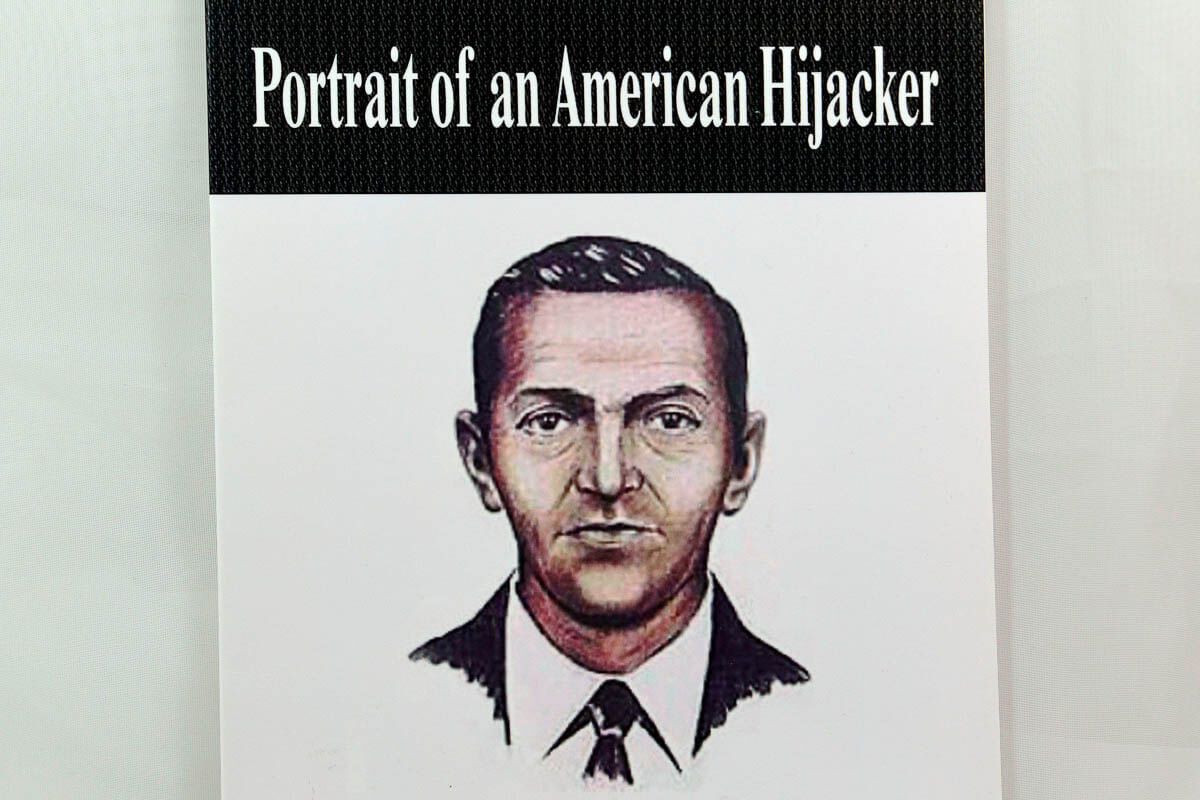
On November 24, 1971, a man calling himself Dan Cooper (later erroneously reported as D.B. Cooper) boarded Northwest Orient Flight 305 traveling from Portland, Oregon, to Seattle, Washington. Described as a mid-40s white man dressed in a business suit, Cooper ordered a bourbon and soda before alerting the stewardess that he had a bomb in his briefcase. Cooper then handed the stewardess a list of demands, saying that he wanted parachutes, a refueling truck, and $200,000 in cash waiting for him when the plane landed in Seattle. He added the phrase, “no funny stuff.”
After an exchange of the flight’s passengers for the money and other goods, the plane took off for Cooper’s requested destination in Mexico City — but he didn’t get far. While flying over southern Washington, Cooper strapped on one of the parachutes he had demanded and jumped out of the plane. Nine years later, a boy found $5,800 in southern Washington with serial numbers that matched the money stolen by Cooper. The FBI has described the case as “one of the longest and most exhaustive investigations in our history,” although it is no longer currently investigating it. Over 100 suspects have been evaluated, but the mysterious criminal has yet to be identified.
What Is the Purpose of the Nazca Lines?

The Nazca Lines are massive geoglyphs — sometimes more than a thousand feet long — carved into the ground some 250 miles south of Lima, Peru. At first glance, these lines might look similar to crop circles, and can only be viewed from the cockpit of a helicopter or airplane. Depicting animals, plants, and various shapes, the Nazca Lines were created by the Nazca people some 2,000 years ago. Archaeologists have studied the lines for 80 years (and are still discovering new geoglyphs), but still don’t know for sure why ancient people created such massive monuments they couldn’t even see. Early theories suggest the lines had some sort of astronomical or calendrical purpose — not unlike Stonehenge — although more recent theories suggest the structures could’ve been tied to irrigation or elaborate religious ceremonies. Whatever the reason, the Nazca Lines remain a mystery etched into the very face of the planet.
Where Are the Gardner Museum Paintings?
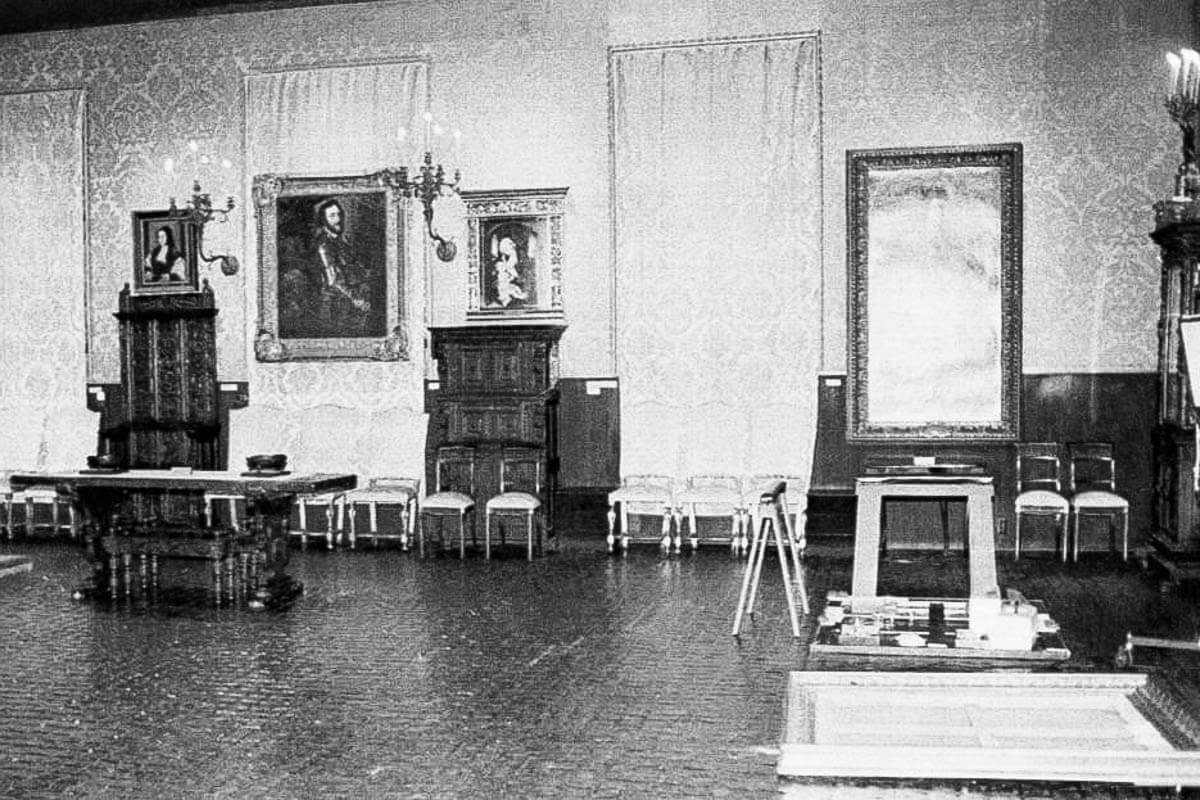
Museum heists are common throughout history (and Hollywood), but the ne’er-do-wells are usually captured in the following months, or sometimes years. Unfortunately, the Isabella Stewart Gardner Museum in Boston, Massachusetts, wasn’t so lucky. In the early morning of March 18, 1990, two burglars dressed as police officers subdued the museum’s two security guards and purloined 13 paintings worth over $500 million, including works by Johannes Vermeer, Rembrandt van Rijn, Edgar Degas, Govaert Flinck, and Édouard Manet. By 8:30 a.m., several hours after the heist, the police (the actual police) found the guards handcuffed in the basement.
Four years later, a mysterious letter sent to the museum offered to return the paintings for $2.6 million. Although the museum agreed, a second letter revealed the mysterious author was clearly spooked by FBI involvement, and the deal fell through. A Netflix documentary and a popular podcast have explored the heist, and the FBI even offered a $10 million reward leading to the paintings’ whereabouts, but despite it all, the 13 masterpieces — as well as the two burglars — have yet to be found.
What Happened to Amelia Earhart?
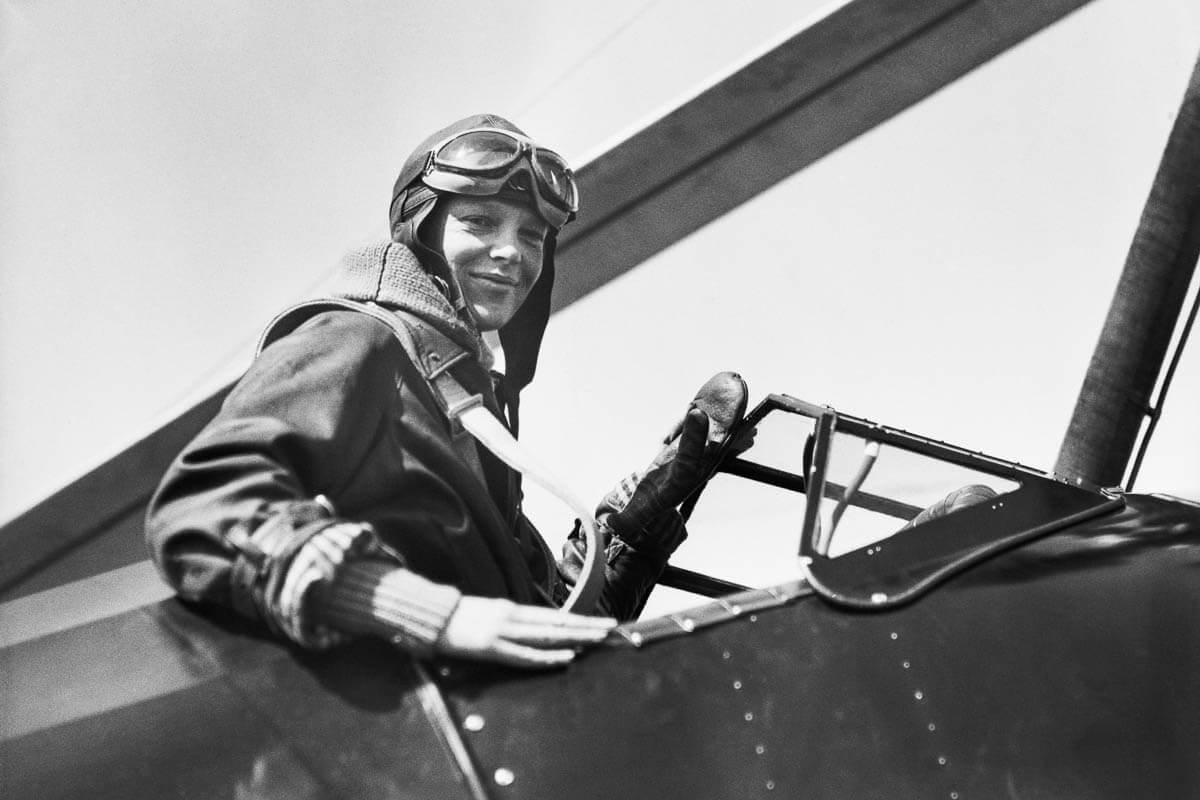
In the 1930s, Amelia Earhart wasn’t just one of the most famous pilots in the world — she was arguably the most famous woman in the world. In 1928, she had become the first woman to fly across the Atlantic; in 1932, she became the first woman to make a solo nonstop transcontinental flight, from L.A. to Newark. So it’s no wonder her disappearance on July 2, 1937, while trying to circumnavigate the globe, sent a shockwave through society whose ripples can still be felt. On that fateful summer day in 1937, Earhart and her navigator, Fred Noonan, set out from Lae, New Guinea, flying a Lockheed Model 10 Electra and headed for Howland Island, a Pacific island that measures only 1 square mile.
Although Earhart was in contact with the U.S. Coast Guard ship near the island, the famous pilot never arrived. In her last transmission, she noted her position and that she was running low on fuel. Neither Earhart, her navigator, nor her plane was ever seen again. The leading theory is that Earhart simply crashed into the ocean, but an extensive search of the surrounding area has turned up nothing. Other theories suggest Earhart possibly landed on a nearby island in line with her last coordinates. In 2017, another theory suggested that Earhart survived as a Japanese prisoner, and some argued that she can be seen in a grainy photo taken on the then-Japanese Marshall Islands shortly after the crash (though some experts have poured cold water on the idea). It’s unlikely we’ll ever know what happened to one of history’s most famous aviators, but that won’t keep people from looking for answers.
